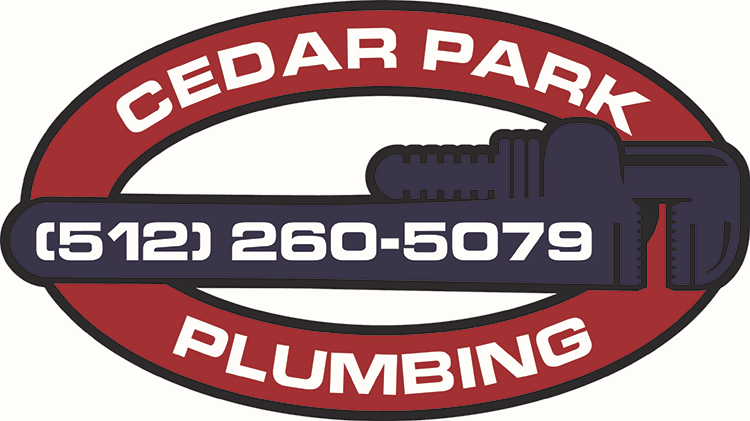Water is a necessity of life, and we all deserve to have access to safe and clean water at our convenience. However, what happens when our water supply becomes contaminated? This can occur due to backflow. Backflow is when contaminated water flows back into the clean water supply, presenting a significant potential health hazard. Therefore, it is essential to understand backflow and what you can do to prevent it. In this blog post, we discuss what backflow is, how it occurs, and what precautions you can take to ensure water safety in your household.
What is backflow?
Backflow occurs when contaminated water returns to the clean water supply. This can happen in various ways, including cross-connections between clean and contaminated water sources, changes in pressure, or problems with the municipal water system. When backflow occurs, harmful contaminants such as pesticides, bacteria, and other chemicals can enter the water supply, making it unsafe for consumption.
How does backflow occur?
Backflow can happen due to two main causes: backpressure and back-siphonage. Backpressure occurs when there is more pressure in the contaminated water source, such as a swimming pool or boiler, than in the clean water supply. This can force contaminated water backwards into the clean water supply. Back-siphonage, on the other hand, is a result of negative pressure in the clean water supply. This can happen when there is a drop in municipal water pressure, which can lead to contaminated water being sucked back into the clean water supply.
How can you prevent backflow?
There are several ways to prevent backflow from occurring. One common method is to install a backflow prevention device, which stops contaminated water from flowing back into the clean water supply. This device creates a physical barrier between the two water supplies, ensuring that no contaminants can enter the clean water supply. It is essential to have a licensed plumbing professional to install and maintain the backflow preventer.
Another easy step you can take to prevent backflow is to avoid cross-connections between the clean and contaminated water supplies. This can be achieved by ensuring there are no underground or overhead connections that can create a pathway for contaminated water to return to the clean water supply. It is also essential to check regularly for any leaks, as even a minor leak can create negative pressure and lead to backflow.
Conclusion
In conclusion, backflow can occur due to various reasons, but its effects can be disastrous for health. Therefore, it is necessary to take preventive measures to avoid backflow. Installing backflow prevention devices or avoiding cross-connections between the clean and contaminated water supplies can go a long way in ensuring that your household has access to safe and clean water. Remember always to consult with a licensed plumbing expert to help you maintain the safety of your water supply. Be sure to take every precaution to prevent backflow, so you and your family can enjoy clean and safe water.

